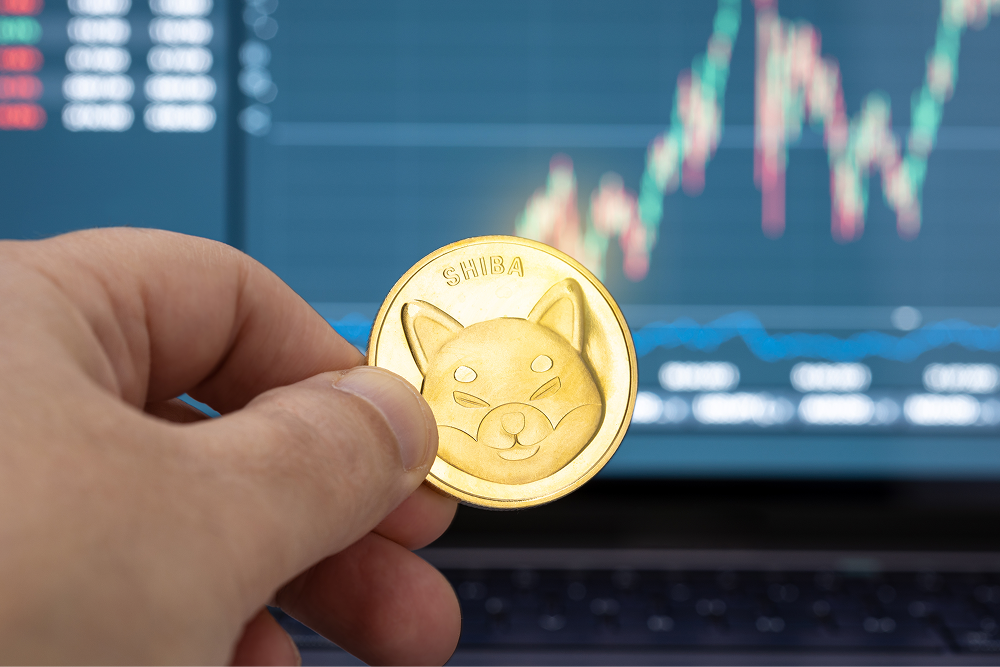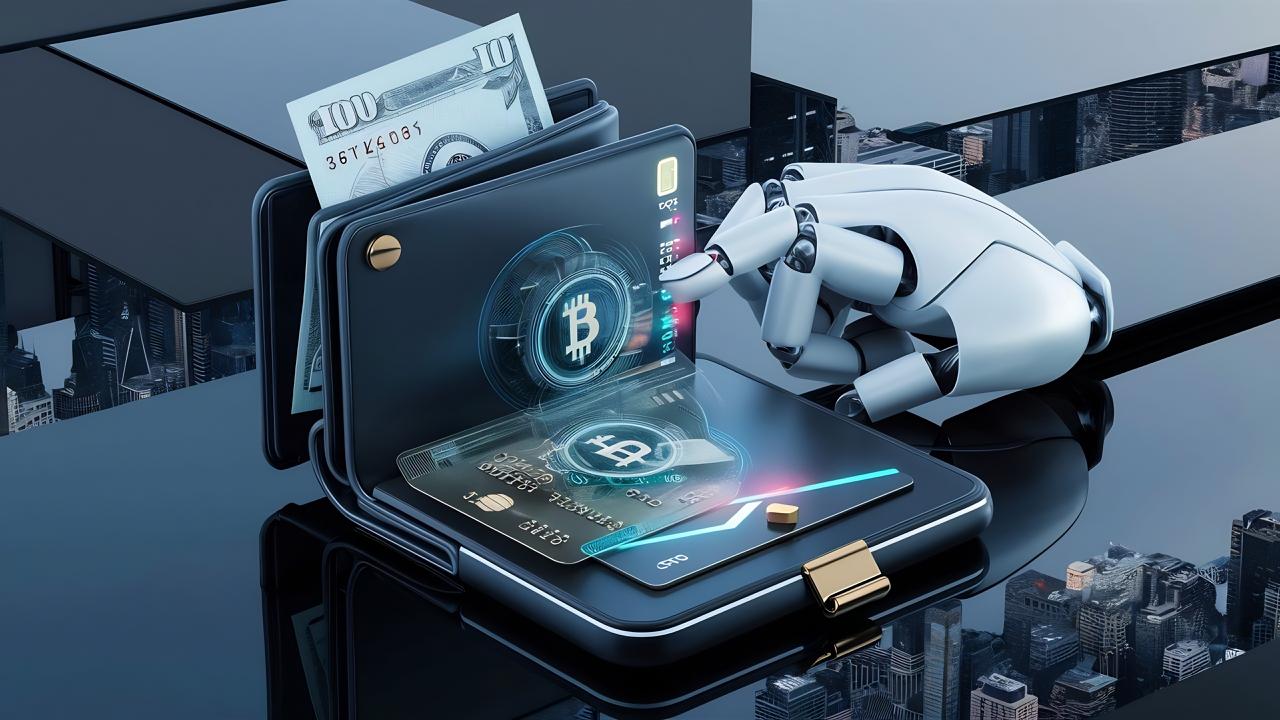Ever seen people losing their minds over a coin with a dog on it? That’s meme coins for you.
These aren’t your normal crypto tokens. Bitcoin wants to replace money. Ethereum runs apps. But meme coins? They exist because someone thought a picture was funny. And somehow, that joke turned into billions of dollars.
Take Dogecoin. Started as a prank in 2013. Now it’s worth more than many real companies. Makes zero sense, but here we are.
What drives these things is pure mob mentality. People see a Trump meme coin trending on Twitter. They think “everyone’s buying this, I should too.” Next thing you know, the price goes 10x in a day. Or crashes to zero. Both happen regularly.
The whole space runs on hype and FOMO. No fancy tech. No world-changing mission. Just communities pumping their favorite joke coin and hoping others join the party. Some call it gambling. Others call it the future. Most people just call it insane.
What Is a Meme Coin?
A meme coin is a crypto token that started from an internet joke or meme. These coins have no real purpose beyond entertaining people and making money from hype.
Most meme coins work exactly like regular crypto. They have tickers, market caps, and trading volumes. But instead of solving problems, they’re just based on funny pictures or viral trends.
Take Dogecoin. Two software engineers made it as a joke about the Doge meme in 2013. Now it’s worth billions. Same story with Shiba Inu, Pepe, and hundreds of others.
What makes them different? No utility. Bitcoin tries to be digital money. Ethereum runs smart contracts. Meme coins exist because someone thought a squirrel picture was funny.
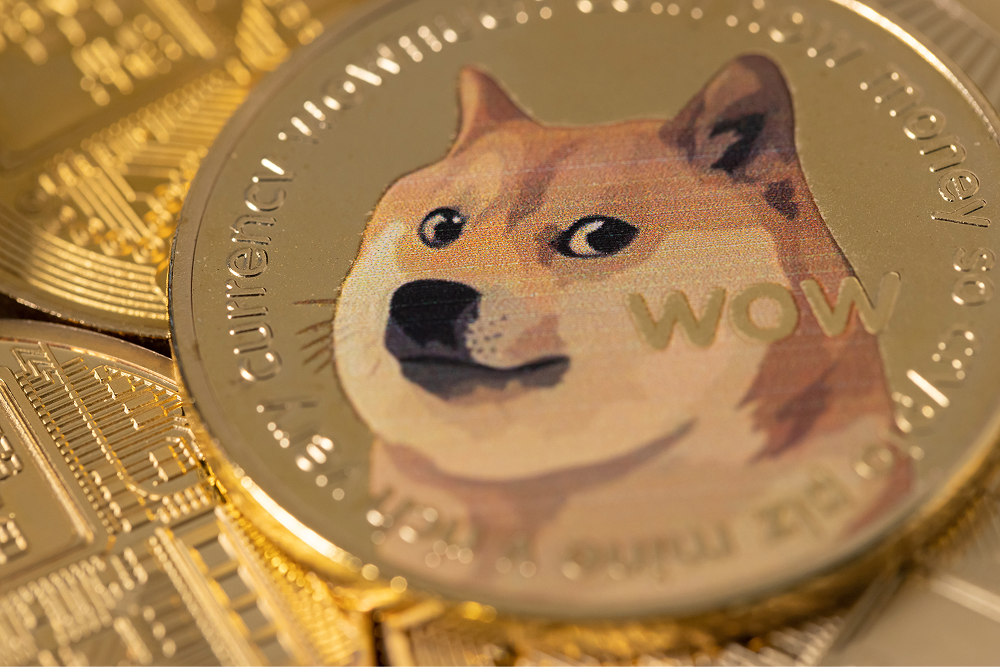
History
The meme coin phenomenon started as an experiment and grew into something nobody expected.
2013: The Original Joke
Software engineers Billy Markus and Jackson Palmer created Dogecoin in December 2013. They wanted to parody the increasingly serious crypto market by building a coin around the popular Doge meme. The Shiba Inu dog was everywhere online, so they made it into a cryptocurrency. What began as a weekend project quickly gained traction. The community embraced the lighthearted approach.
2020: First Major Copycat
An anonymous blockchain developer known as “Ryoshi” created Shiba Inu in August 2020. Using the same dog theme as Dogecoin, SHIB proved that meme coins could be replicated and still find audiences. This opened new opportunities for animal-themed cryptocurrencies.
2021: Mainstream Attention
Elon Musk’s Twitter messages made Dogecoin prices grow. His tweets about “Dogecoin being the people’s crypto” brought mainstream attention. New projects started to launch every day. Akita Inu, Kishu Inu, and SafeMoon were created. Some investors made substantial returns. Others fell victims of these schemes and scams. Everything ended when crypto markets crashed in late 2021. Most meme coins lost 80-95% of their peak prices.
2023-2025: Political Evolution
PEPE coin gained popularity in 2023, reaching billion-dollar valuations based on the Pepe the Frog meme. The 2024 election cycle brought political meme coins like themed tokens around candidates. In January 2025, Donald Trump and Melania Trump launched official meme coins. Both tokens achieved top results.
Regulation of Memecoins
Nobody knows what to do with meme coins. People claim these things to be collectibles. Pokemon cards with blockchain. Not securities, not investments, just digital trading cards that happen to be worth billions sometimes.
Here’s where it gets weird though. Scamming people is still illegal. Create a fake dog coin to steal money? Jail time. But the coins themselves? Total free-for-all.
Thailand went nuclear in 2021. Their regulators saw Dogecoin hitting crazy prices and banned the whole category overnight. Meme coins, NFTs, fan tokens – gone. Exchanges got 30 days to comply or else. Why? Because anything that gets valuable purely from Twitter buzz isn’t a real investment, according to them. Makes sense when you think about it.
Other countries are lost. Some think meme coins are just harmless fun bringing communities together. Others see digital gambling disguised as investment opportunities. The enforcement problem is impossible – someone in their basement can launch a new meme coin in minutes and have it trading globally before lunch.
This leaves regular people in no man’s land. Lose your shirt on SafeMoon? Tough luck. Fall for a pump and dump scheme? Maybe someone will investigate, probably not. Get rugpulled by fake developers? You’re on your own.
The whole space runs on hype and hope with zero safety nets. Some people make fortunes. Most just pay expensive tuition fees to the school of hard knocks.
Memecoin Risk and Volatility
Buying meme coins is rather risky. The price swings are absolutely insane. One minute you’re up 500%, the next you’ve lost everything. This isn’t normal investment volatility we’re talking about – it’s pure chaos driven by whatever’s trending on Twitter that day.
The problem starts with how these things are designed. Most meme coins have unlimited supply or trillions of tokens floating around. No scarcity means no real value anchor. When Elon tweets about dogs, Dogecoin might pump 50% in an hour. When will he stop tweeting? Back to earth, fast. Shiba Inu went from pennies to billions in market cap, then crashed just as quickly when the hype died.
But volatility is just the beginning of your problems. Rug pulls happen constantly in this space. Developers create a coin, pump it on social media, then vanish with everyone’s money. SQUID token fooled people with Squid Game hype before the creators disappeared overnight. BALD coins on Coinbase’s network went to zero when developers pulled all liquidity. Happens every week somewhere.
The community-driven nature makes everything worse. No fundamental analysis works when price depends entirely on Reddit posts and Discord memes. You’re not investing based on company earnings or product development. You’re gambling on whether enough people will keep believing in a joke.
Smart money treats meme coins like lottery tickets. Put in what you can afford to lose completely. Set stop-losses to limit damage. Diversify across multiple coins if you’re playing this game. Most importantly, remember that someone has to lose money for others to win. Usually it’s the people who buy during peak hype and hold too long.
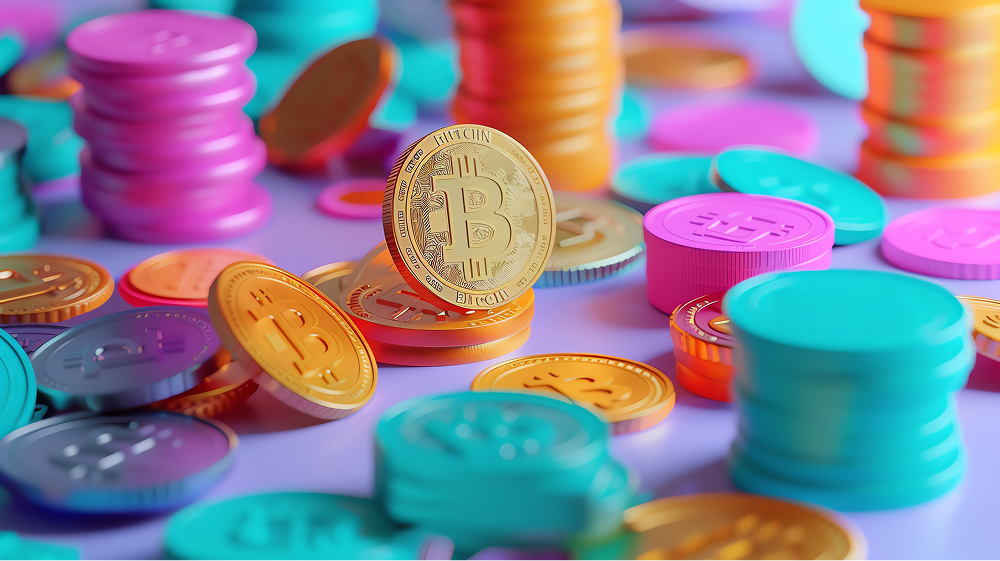
Popularity of Memecoins
Meme coins became popular because they turned investing into entertainment. People finally found crypto they could actually relate to instead of reading white papers about blockchain efficiency or decentralized governance protocols.
The 2020 pandemic changed everything. Stuck at home with stimulus checks and nothing to do, millions of people discovered day trading. Then came the GameStop saga where Reddit users pumped a dying video game retailer just to mess with Wall Street hedge funds. That same energy shifted to crypto when people realized they could do the same thing with Dogecoin.
Elon Musk accidentally became the meme coin king when he started tweeting dog pictures. Every time he posted about Dogecoin, the price would explode. Suddenly regular people felt like they had insider information – just follow Elon’s Twitter and buy whatever he mentions. Simple strategy that actually worked for a while.
Psychology is brilliant when you think about it. Traditional crypto makes people feel stupid with all the technical jargon. But meme coins? Everyone gets the joke. You can own millions of Shiba Inu tokens for fifty bucks and feel rich even if they’re worth pennies each. It’s way more fun than owning 0.0001 Bitcoin.
Social media amplified everything. TikTok videos showing kids making thousands on SafeMoon. Discord communities rallying around dog pictures. Reddit groups coordinating pumps. The whole thing became a massive multiplayer game where the goal was turning memes into money.
Celebrity endorsements made it mainstream. When Mark Cuban talks about Dogecoin on national TV, your parents start asking about crypto. The institutional money followed – VanEck even launched a meme coin index fund in 2024. Wall Street finally admitted that jokes can be profitable investments too.
Key Features of Meme Coins
Meme coins have a few defining traits that make them different from serious crypto projects. First, they rely completely on community hype. No white papers or technical innovation – just people rallying around a shared joke or meme. Your investment success depends entirely on whether other people keep finding the meme funny.
They’re dirt cheap to buy. Most cost fractions of a penny, so you can own millions of tokens for pocket change. This makes people feel rich even when they’re not. It’s psychological – owning 10 million SHIB feels better than owning 0.001 Bitcoin.
Massive token supplies are standard. Dogecoin has no supply cap. Shiba Inu printed one quadrillion tokens. These huge numbers keep individual token prices low but create inflation concerns.
Extreme volatility defines the space. Prices swing 50% daily based on tweets or TikTok trends. Celebrity mentions can pump coins instantly, but silence makes them crash just as fast. No fundamental analysis applies here – it’s pure momentum trading based on internet culture and social media buzz.
How Meme Coins Work
Technically, meme coins are just regular cryptocurrencies. They use the same blockchain infrastructure as Bitcoin or Ethereum. Most run on established networks like Ethereum or Binance Smart Chain. Creating one is surprisingly simple – you deploy a smart contract that sets the rules. Supply limits, transfer mechanisms, special features – that’s all.
Here’s how it typically unfolds. Someone spots a trending meme or viral moment and launches a coin around it. Early supporters buy in cheap, hoping for massive returns. Community building starts immediately through social media campaigns, meme contests, and grassroots marketing. If momentum builds, prices can explode overnight.
Celebrity influence changes the game completely. Elon Musk tweets about Dogecoin and trading volume spikes instantly. A TikTok star mentions SafeMoon and thousands of new buyers appear. The opposite happens just as fast – silence kills momentum.
Trading works like any cryptocurrency. Established coins trade on major exchanges like Coinbase and Binance. New projects usually start on decentralized platforms like Uniswap. Success there might lead to bigger exchange listings later.
Economics are pure supply and demand. More buyers than sellers means higher prices. Community loses interest? Prices collapse. No earnings reports to analyze. No dividend payments to expect. Just market sentiment driving everything.
Types of Meme Coins
Meme coins come in several distinct categories, each targeting different audiences and cultural trends.
Animal-themed coins dominate the space. Dog coins lead the pack, starting with Dogecoin in 2013. Shiba Inu followed as the “Dogecoin killer.” Then came dozens of variations – Akita Inu, Baby Doge, Floki. Cats got their turn too with projects like Catcoin and Grumpy Cat. Even more exotic animals appear regularly – from penguins to frogs to hamsters.
Celebrity and influencer coins capitalize on famous personalities. Some celebrities launch official tokens, like Trump’s $TRUMP and Melania’s $MELANIA in 2025. Others emerge without permission, riding name recognition. These often face legal challenges but can pump hard initially based purely on association.
Pop culture references create another major category. PEPE coin draws from the infamous frog meme. Gaming-inspired tokens reference popular shows or movies – SQUID token tried to capitalize on the Netflix series before becoming a notorious rug pull. Sports teams, music artists, and viral internet moments all spawn copycat coins.
Political meme coins surge during election cycles. Trump-themed tokens gained traction during campaign seasons. These typically correlate with political events and news cycles rather than traditional market forces.
Utility-focused meme coins attempt legitimacy. Some projects start as jokes but develop real use cases. Dogecoin now processes payments for Tesla merchandise. Shiba Inu built an entire ecosystem with ShibaSwap decentralized exchange and NFT platforms.
Meta-meme coins reference the meme coin phenomenon itself. Projects like SafeMoon played on crypto terminology while Fartcoin embraced pure absurdity. These represent the space becoming self-aware of its own ridiculousness.
Most follow predictable patterns – cheap prices, massive supplies, community-driven marketing. Success depends more on timing and cultural relevance than technical innovation.
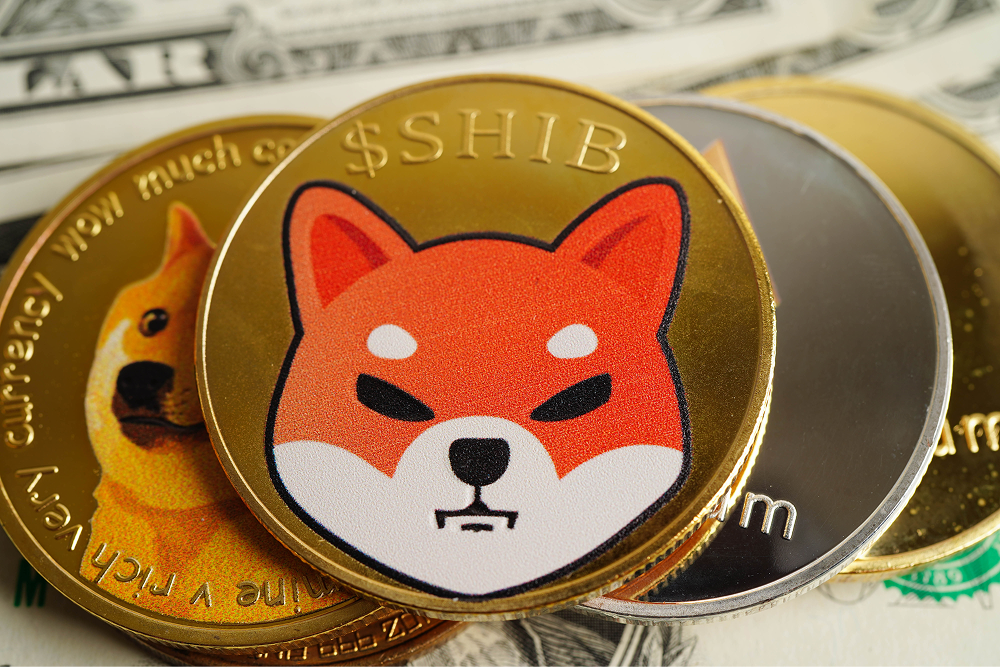
Top 10 Notable Meme Coins
Weird things happen in crypto. Sometimes a joke becomes worth more than most banks.
1. Dogecoin (DOGE)
Billy and Jackson were programmers who thought Bitcoin people were taking themselves way too seriously. So they made a coin with a dog meme on it. December 2013. Took them a weekend. Billy said later he just wanted to make fun of all the crypto hype. It was supposed to die in like a week. Then Elon happened. Guy starts tweeting dog pictures in 2021 and suddenly their joke is worth ninety billion dollars. You can literally buy a Tesla with Dogecoin now.
2. Shiba Inu (SHIB)
This anonymous guy Ryoshi sees Dogecoin blowing up and decides to get some. He makes his own dog coin but on Ethereum instead. Call it the Dogecoin killer, which is pretty bold. Then he does this crazy thing – just sends half the coins to Vitalik Buterin for no reason. Vitalik doesn’t know what to do with them so he gives most away and burns the rest. Ryoshi basically gave up control of his own project but got headlines everywhere. The team that’s left starts building actual stuff with it.
3. Pepe (PEPE)
Someone launched this mem coin in April 2023 and though everybody agrees that this coin is completely pointless, he claims one should buy it if they think it’s funny. That’s it. No fancy promises about changing the world. Just that green frog from all the internet drama. People loved honesty. Three weeks later it’s worth billions. Kids with twenty bucks turned into millionaires. Meanwhile every crypto Twitter person tries to copy it with their own frog coins but nobody cares.
4. Dogwifhat (WIF)
Literally just a dog wearing a pink hat. That’s the whole thing. But it comes out on Solana when everyone’s sick of paying crazy fees on Ethereum. Sometimes being in the right place at the right time is everything. Big investors start buying tons of it. Exchanges race to list it. Now that pink hat is worth three billion dollars. Markets are weird.
5. Bonk (BONK)
Solana was having a rough time after FTX exploded. Nobody trusted anything anymore. Then Bonk shows up and just gives away half their coins to people who were still using Solana during the mess. Like a thank you gift for not abandoning ship. Plus you could actually use it in other Solana apps. Free money that also does something useful. People appreciated that.
6. Floki Inu (FLOKI)
Another Elon dog coin but these guys actually tried to build something real. Made games, education websites, bought billboards everywhere. Even had ads in the London subway like they’re Apple or something. Started on multiple blockchains so more people could get in. Began as a meme, ended up hiring actual employees. Proves you can grow past the joke if you want to.
7. Baby Doge Coin (BabyDoge)
Every time someone buys or sells this thing, everyone who owns it gets more coins automatically. So you just hold it and watch your balance go up. They also send money to dog shelters. People like making money while helping animals. Pretty smart psychology there.
8. SafeMoon
This was the big warning sign everyone should have seen. Spring 2021, they’re promising insane returns through some complicated system nobody understood. Early people were buying Lambos so everyone else piled in. Classic pyramid scheme just dressed up with blockchain words. The whole thing collapsed when new buyers stopped showing up. Lawsuits everywhere. If something sounds too good to be true and you can’t explain how it works, run.
9. Official Trump ($TRUMP)
Trump announces he’s making his own cryptocurrency three days before becoming president. Twenty-seven billion dollars in market cap within hours. Politicians selling their own money feels weird but here we are. Celebrity name recognition beats pretty much everything else. Half the country hates the guy but still trades his coin.
10. Peanut the Squirrel (PNUT)
Government people kill someone’s pet squirrel over some permit thing. The Internet goes crazy. Someone makes it into a coin that same day. Goes up 800% in a week. Elon tweets about it because he loves making fun of government bureaucracy. Sometimes real news becomes a trading opportunity. Strange world we live in.
The same pattern keeps repeating. Right timing matters more than good technology. People buy based on feelings, not facts. Most of these coins disappear fast but the ones that stick around can turn lunch money into house money.
Where to Buy Meme Coins Online
Buying meme coins isn’t like ordering from Amazon. Different coins live on different platforms, and some are easier to find than others.
Big Exchanges Have the Famous Ones
Binance, Coinbase, and Kraken sell the household names. Dogecoin, Shiba Inu, PEPE are the coins considered rather famous. These platforms work like normal shopping sites. Sign up, upload your ID, link a credit card. Done. Binance lists way more meme coins than Coinbase, but Coinbase is simpler if you’re new to this. MEXC and Bybit grab newer coins faster than the giants, but their interfaces can be confusing.
New Coins Hide on Weird Platforms
Most meme coins start on decentralized exchanges where anyone can list anything. Uniswap has Ethereum tokens. PancakeSwap covers Binance chain stuff. Solana coins live on Raydium and Jupiter. You need a wallet like MetaMask and some base crypto to even use these. It’s like shopping at a flea market. You can find lots of interesting things there, but also lots of junk.
Scams Are Everywhere
New meme coins appear every hour. Most are garbage designed to steal your money. Always double-check contract addresses before buying anything. Look for locked liquidity and real communities on Twitter or Telegram. If something promises guaranteed returns, it’s probably fake.
Start Simple
New people should stick with major exchanges and famous coins first. Learn how this stuff works before buying any new tokens on platforms you’ve never heard of.
The whole meme coin world is constantly changing. Today’s hot coin is tomorrow’s forgotten joke. Most people lose money chasing the next big thing. Only gamble what you won’t miss.
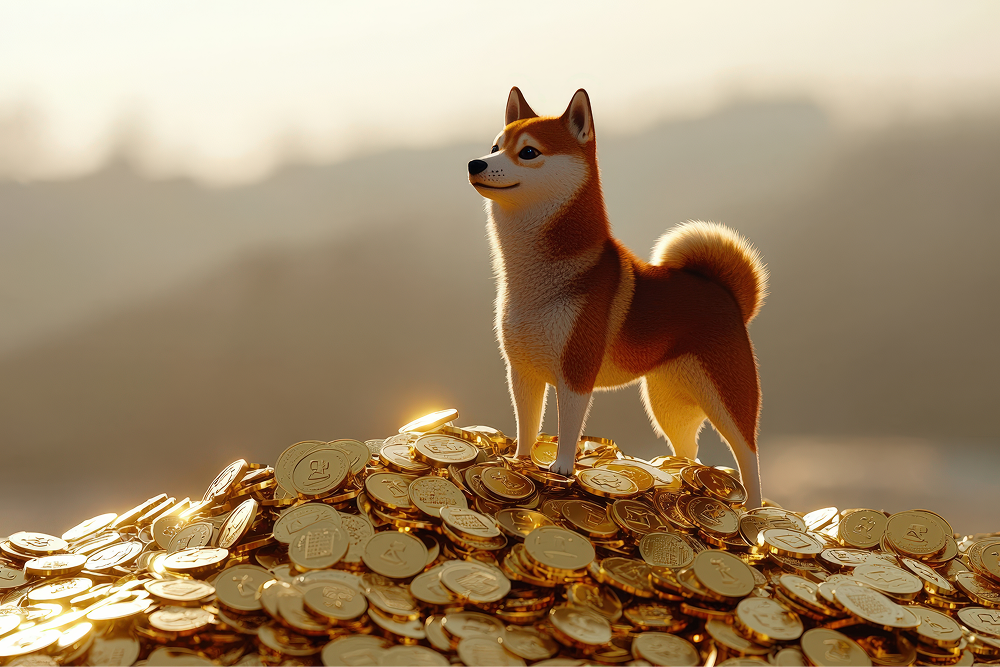
Trends Within the Meme Coin Trend
The meme coin space keeps evolving, and newer projects are getting smarter about staying relevant.
Utility Coins Are Taking Over
The days of them being just a joke are ending. New meme coins appear and start being actually used. Floki Inu has gaming platforms and education sites. Shiba Inu built ShibaSwap for trading. Even smaller projects add staking rewards or charity donations. People still want the meme fun, but they also want their coins to do something useful. Pure joke coins are harder to sell now.
Political Seasons Drive Massive Pumps
Election years become meme coin goldmines. Trump launched his own coin and hit $27 billion instantly. Every candidate or political moment spawns dozens of copycat tokens. Political meme coins pump harder than regular ones because they tap into emotions beyond just money. People buy them as statements, not just investments.
Celebrity Coins Are Getting Official
Instead of random tokens using celebrity names, famous people are launching their own coins directly. Trump and Melania both have official tokens. This removes the legal risk of unauthorized celebrity coins while giving stars direct profit from their influence. Expect more athletes, musicians, and influencers to follow.
Speed and Simplicity Win
New meme coins launch faster than ever. Someone creates a token in minutes, gets it on decentralized exchanges immediately, and starts marketing. The whole cycle from idea to trading can happen in a single day. Simple concepts work better than complex ones – a dog wearing a hat beats elaborate tokenomics.
Business Acceptance Growing
Tesla accepts Dogecoin. AMC takes Shiba Inu. More companies are adding meme coin payments because customers ask for it.
The pattern is clear: successful meme coins now need more than just jokes to survive long-term.
Frequently Asked Questions About Meme Coins
It’s cryptocurrency that someone made from internet jokes. For example, Dogecoin comes from the dog meme everyone was sharing years ago. PEPE uses that angry green frog. Basically, someone sees a funny picture online and decides to turn it into a tradeable coin.
Not for most people. There might be individuals who made millions, but for every success story there are thousands who lost everything. The thing is, these coins don’t have any real business backing them up, so prices move purely on hype.
The first red flag is when the team won’t show their faces. If they’re promising guaranteed profits, that’s another huge warning sign. Meanwhile, legitimate projects will lock their liquidity pools so developers can’t just disappear with everyone’s money.
For the big names like Dogecoin, you can use regular exchanges like Coinbase or Binance. However, newer coins usually start on decentralized exchanges like Uniswap first. The catch is you’ll need a crypto wallet like MetaMask and some Ethereum already to trade there.
Because there’s literally nothing real underneath these coins. When Elon Musk tweets about Dogecoin, the price can double overnight. Then when he stays quiet for a while, it crashes back down. It’s all about sentiment and social media buzz rather than any actual value.
Bitcoin was designed to be digital money. Ethereum runs smart contracts and applications. What about meme coins? They exist purely because someone thinks that they are funny. Some newer ones are trying to add features, though most are still just digital jokes.
Absolutely, and it happens all the time. Look at all those meme coins people were buying in 2021 – most of them are basically dead now. Only a few like Dogecoin survived because they actually built real communities that stuck around.
That’s when the developers suddenly drain all the money from the project and disappear. Once they do that, your coins become completely worthless and you can’t sell them anymore. Your investment is just gone forever.
A few do. Tesla accepts Dogecoin for some merchandise, and AMC theaters take several different meme coins. But most businesses stay away because they don’t want to deal with currencies that might crash 50% overnight.
Do your research before buying anything. Don’t trust meme coins that hide their information. Never believe anyone who guarantees you’ll make mone
Conclusion
Meme coins turned internet jokes into billion-dollar markets. Some people got rich. Most didn’t.
These coins prove social media can move massive amounts of money. They also show what happens when speculation meets zero underlying value. Most meme coins from 2021 are worthless now.
The successful ones built real communities that lasted beyond initial hype. Dogecoin survived because people actually use it. PEPE worked because the timing was perfect. Hundreds of copycats failed because they had nothing special.
New meme coins keep launching with added features like games or charity donations. Whether this makes them more legitimate or just better at attracting investors remains unclear.
If you’re thinking about buying meme coins, understand what you’re getting into. Research the team behind any project. Check if liquidity is locked. Never invest money you need for anything important.
This space moves fast and changes constantly. Trends that seem obvious today might be forgotten tomorrow. Most projects fail, but the ones that succeed can be extremely profitable.
We can help you understand these markets better and avoid common mistakes that cost investors money.
